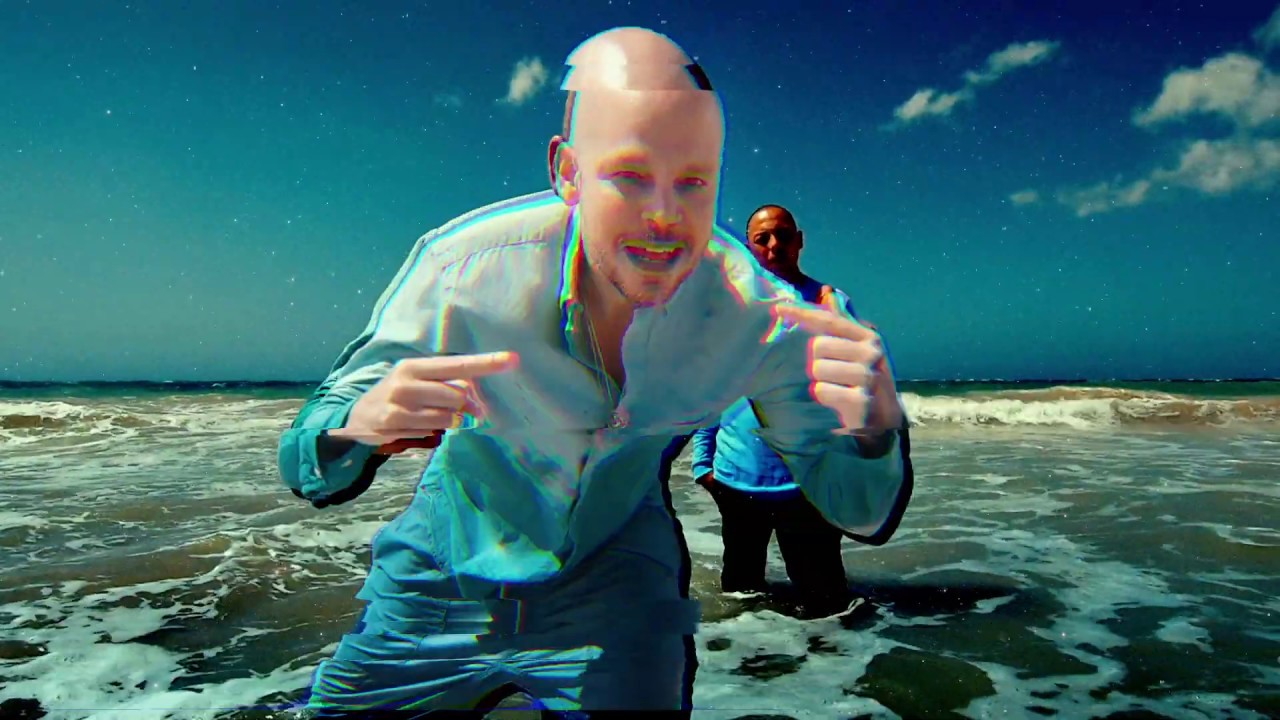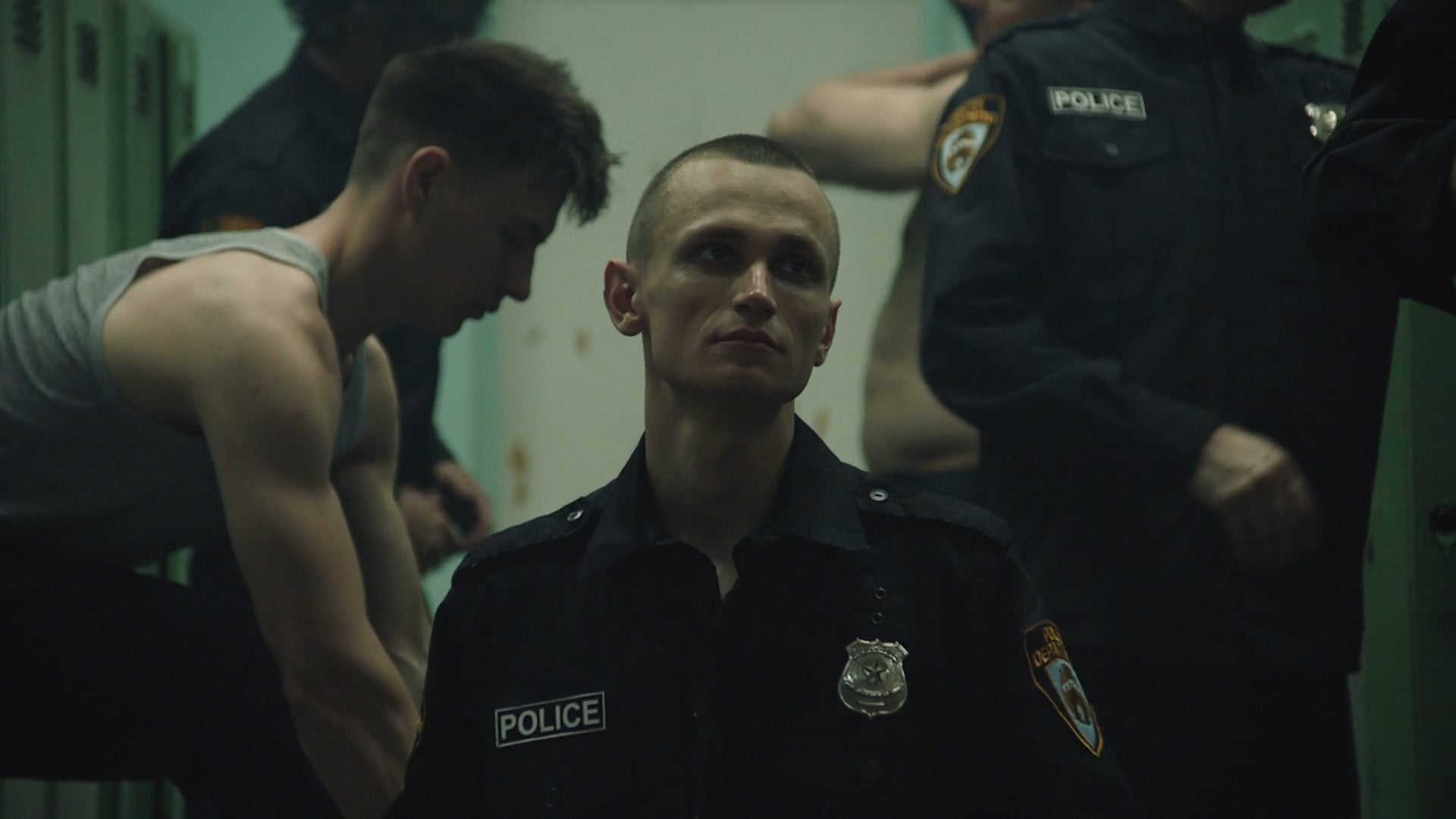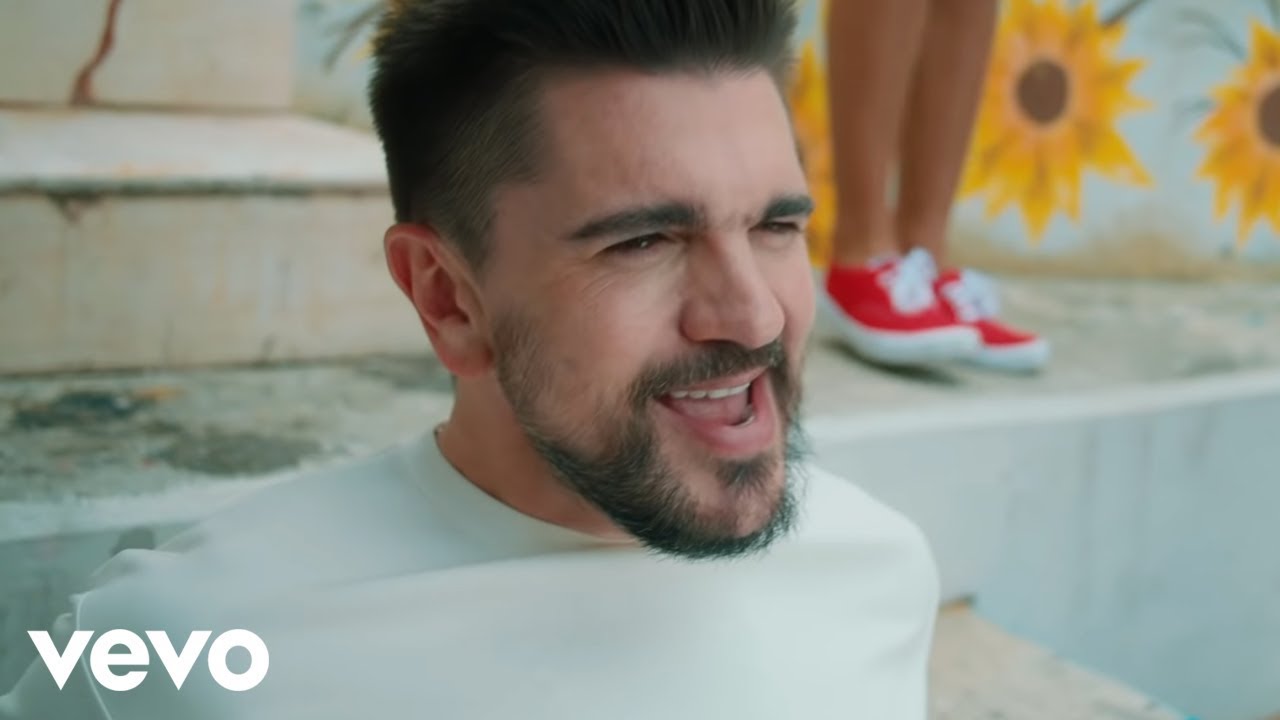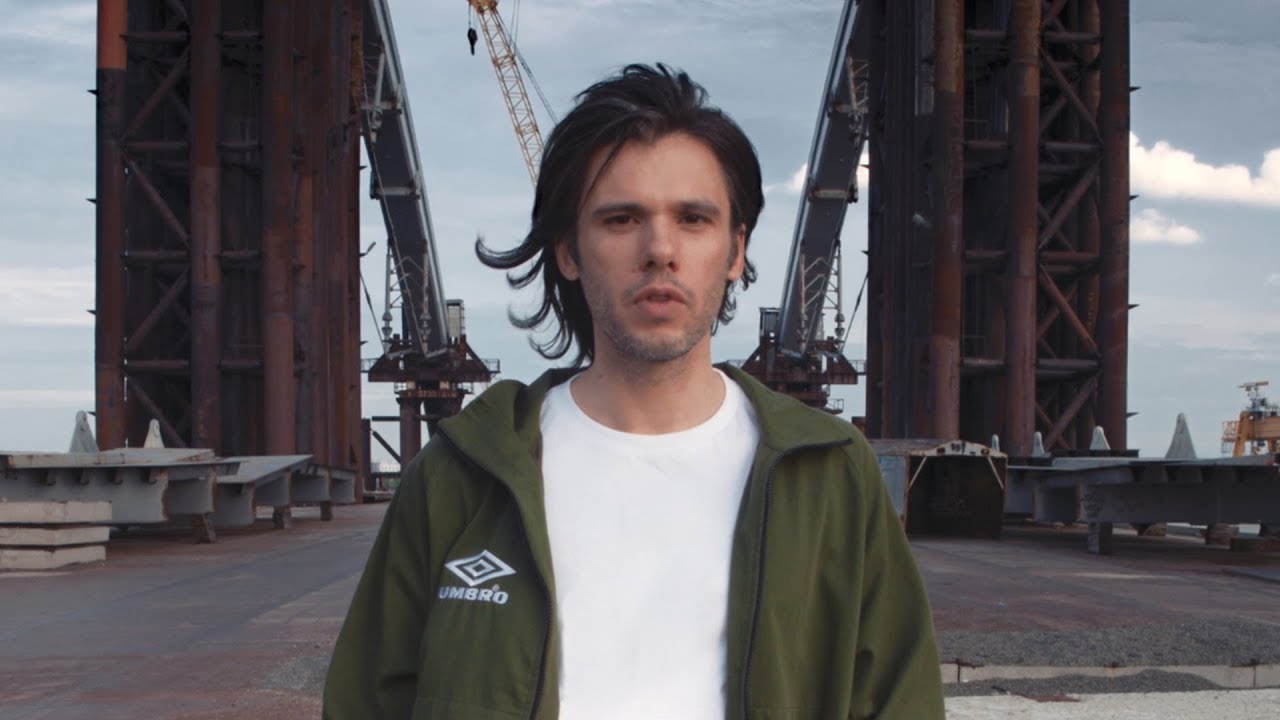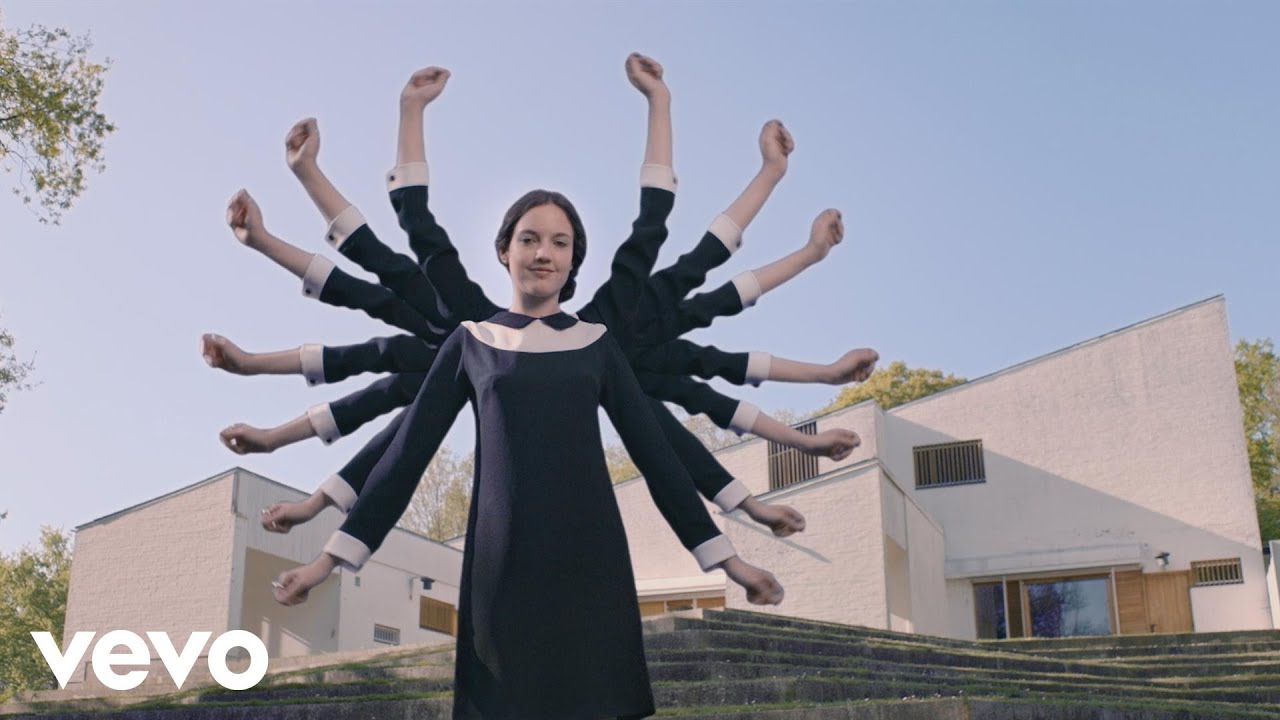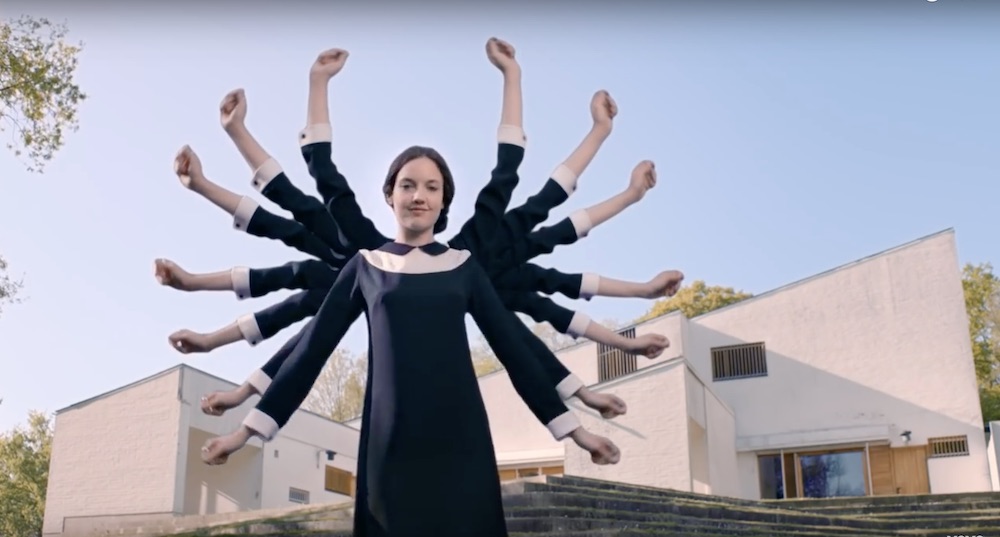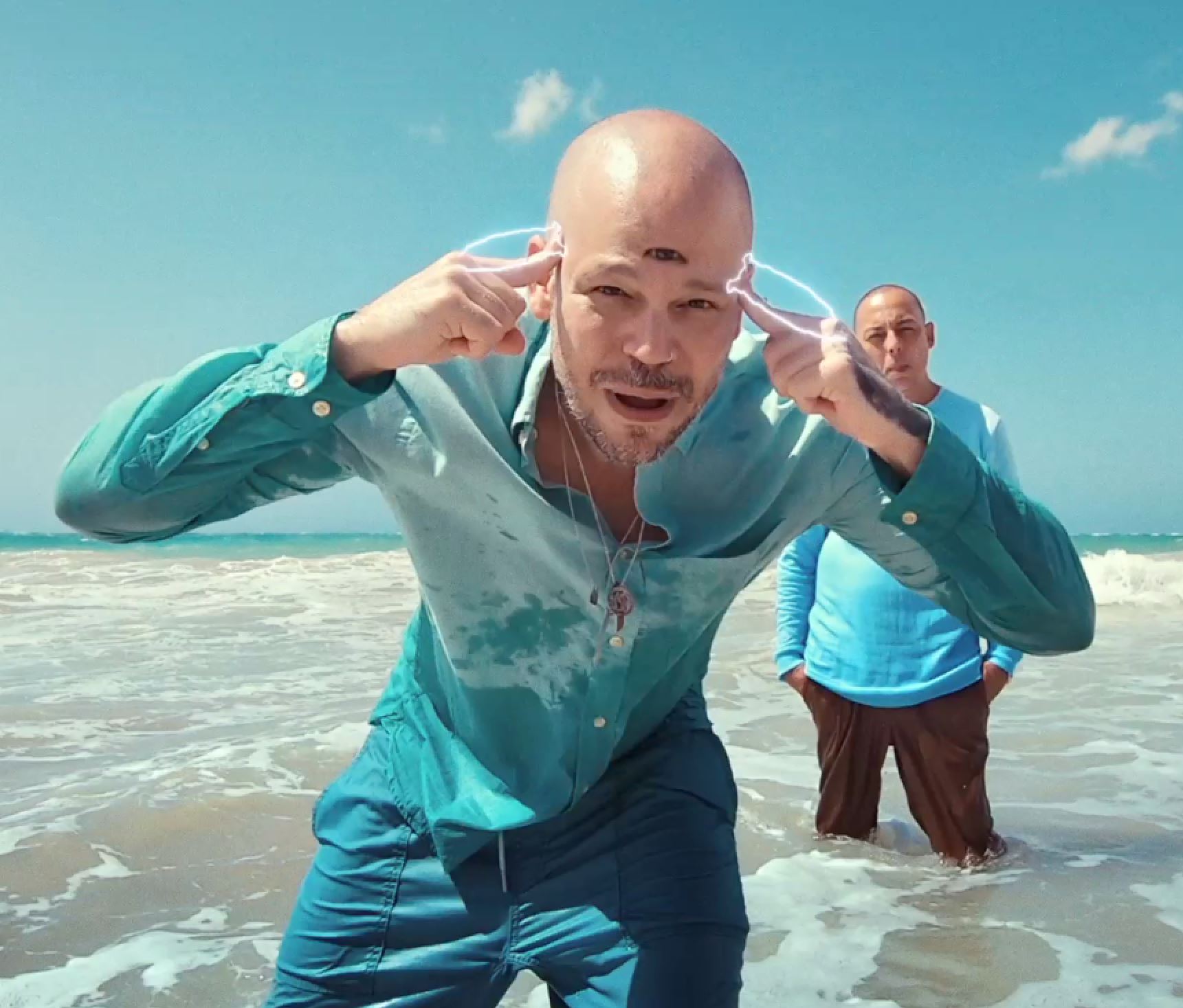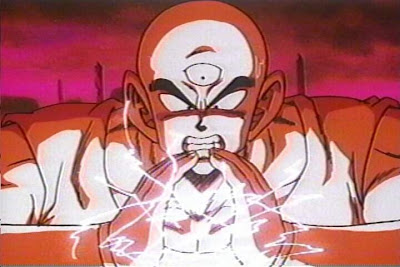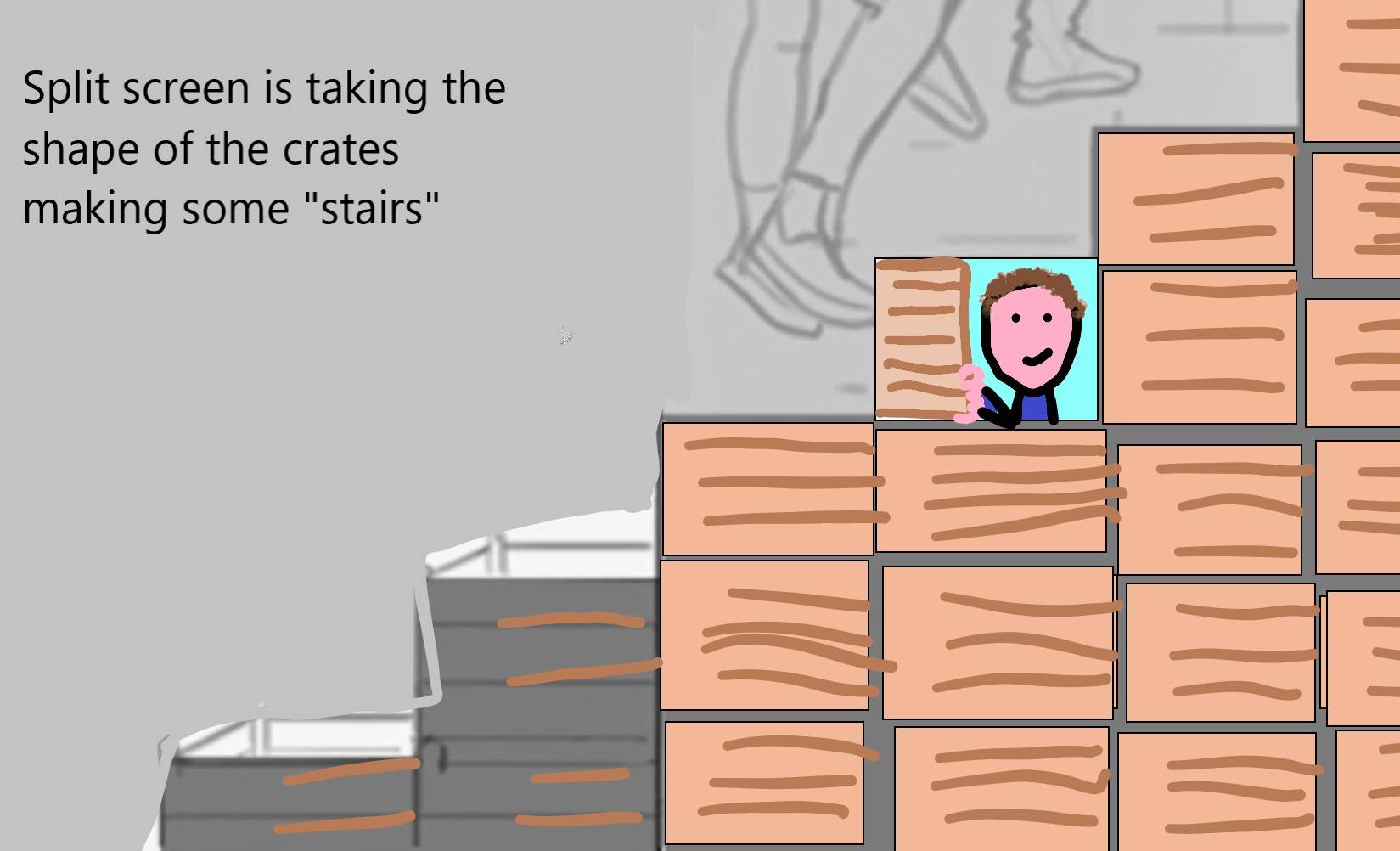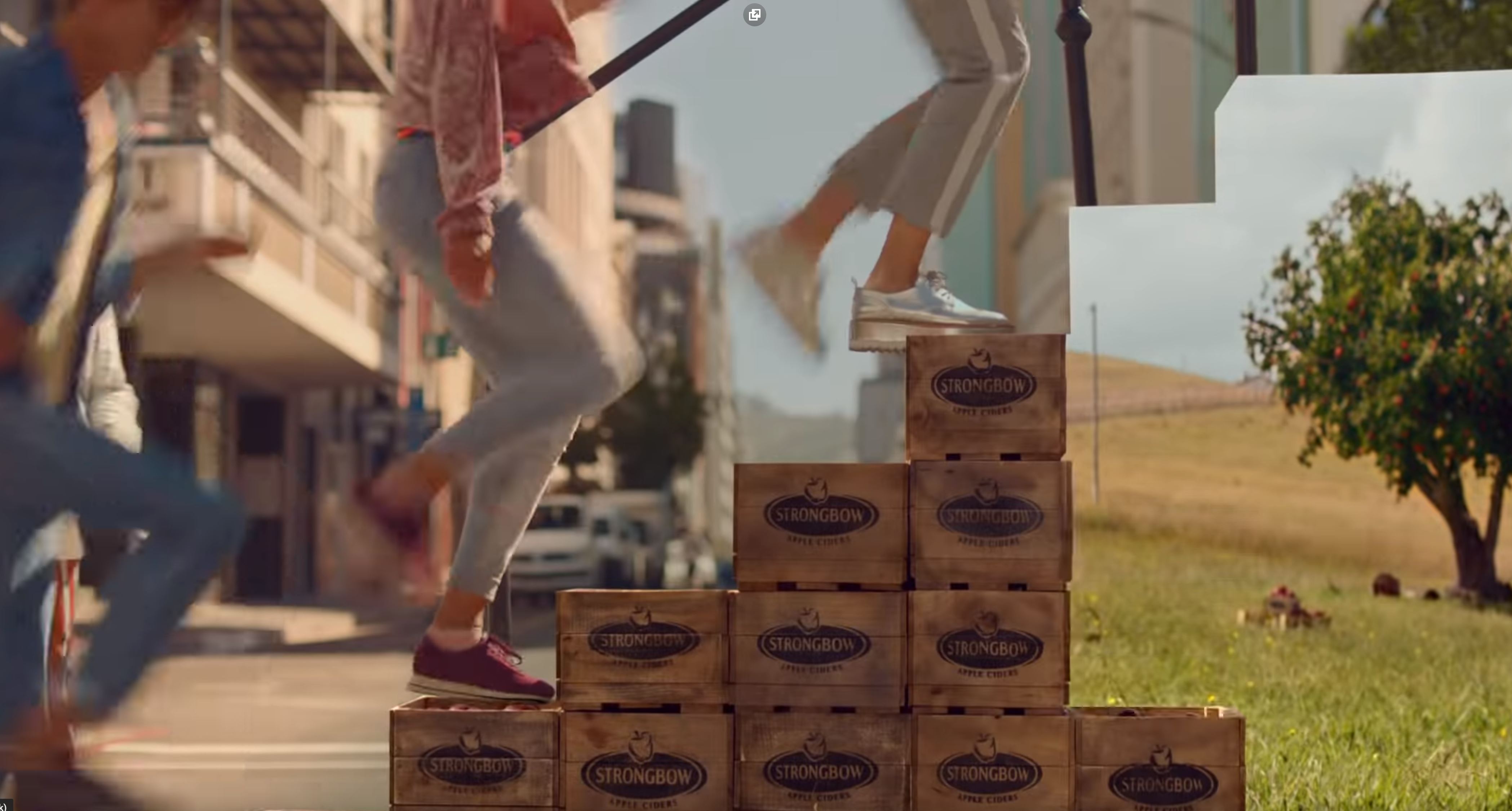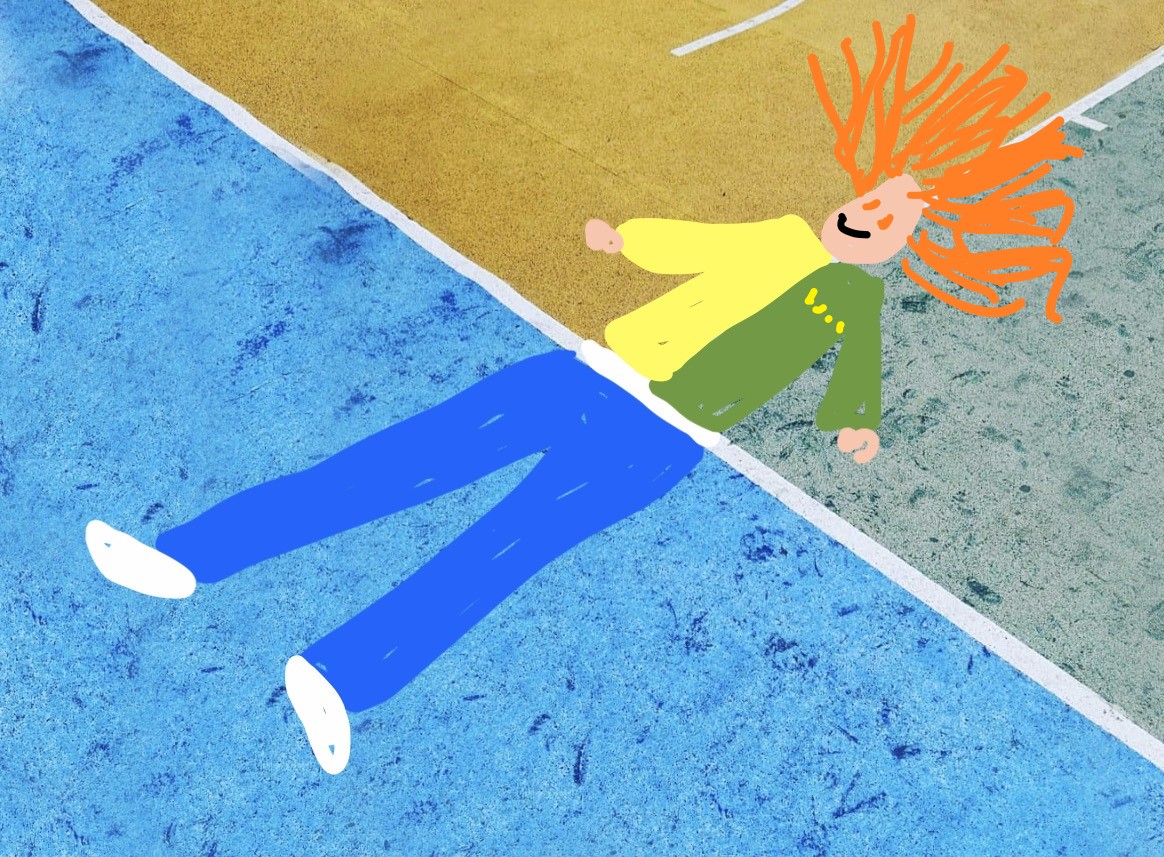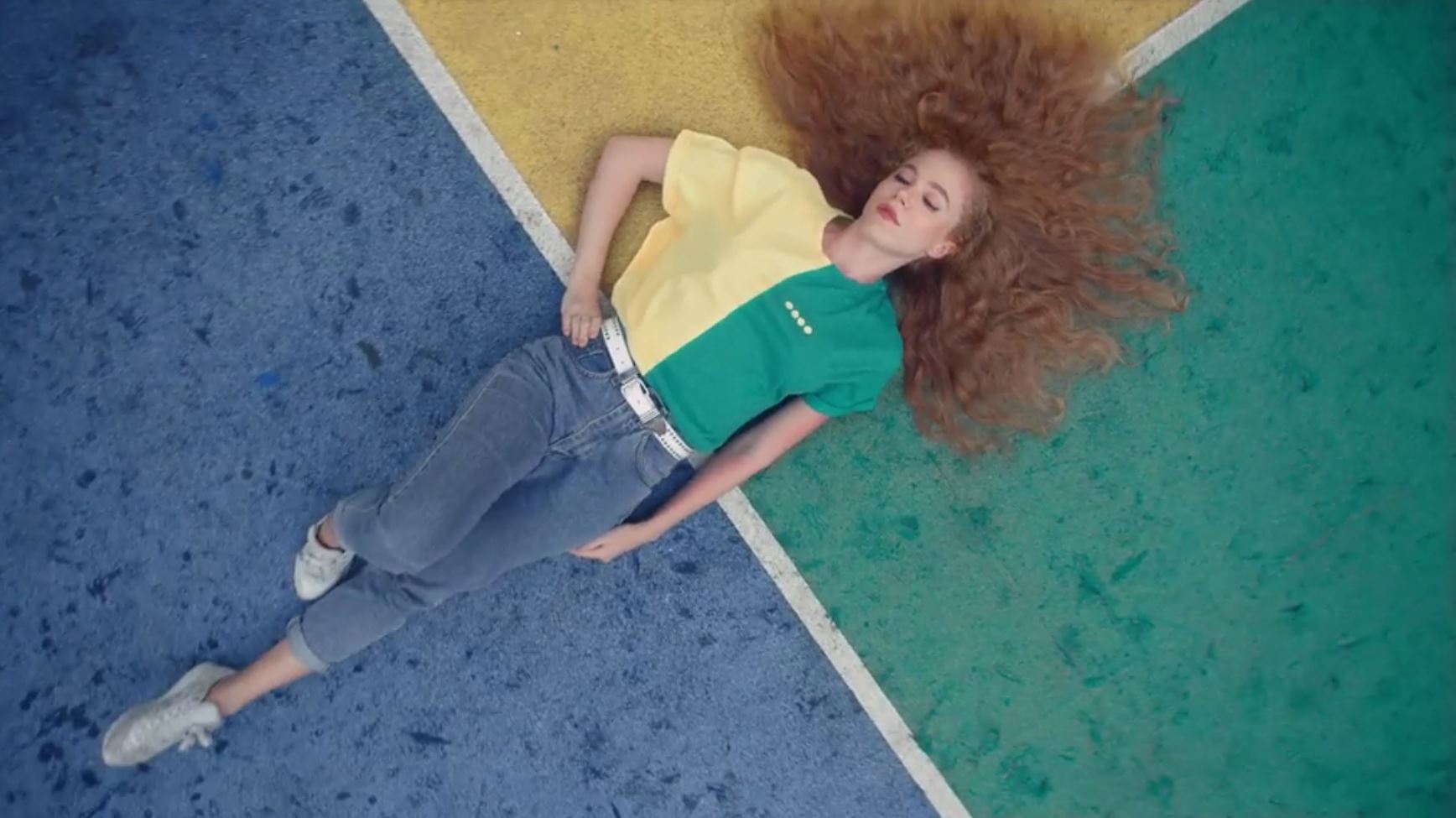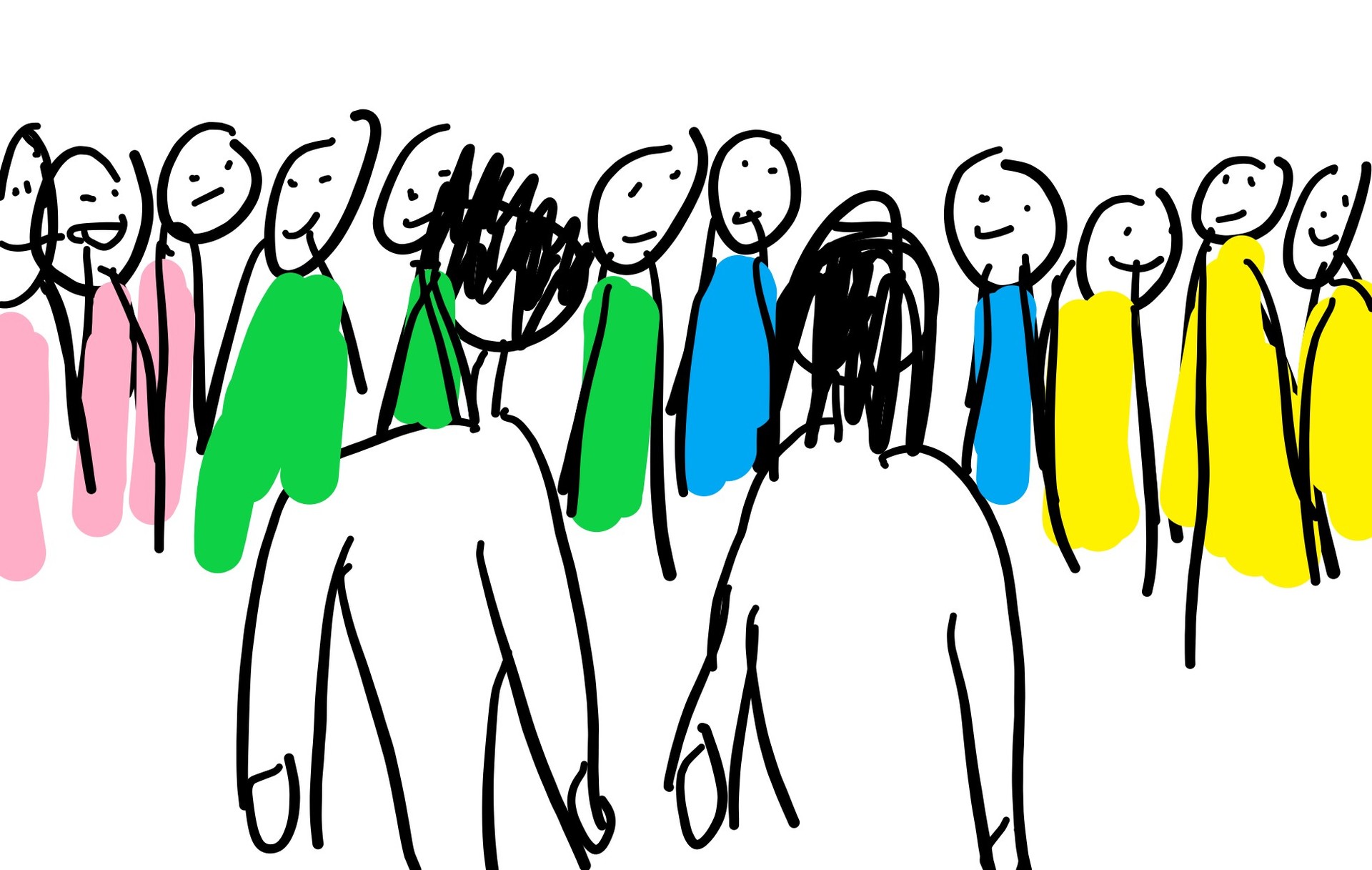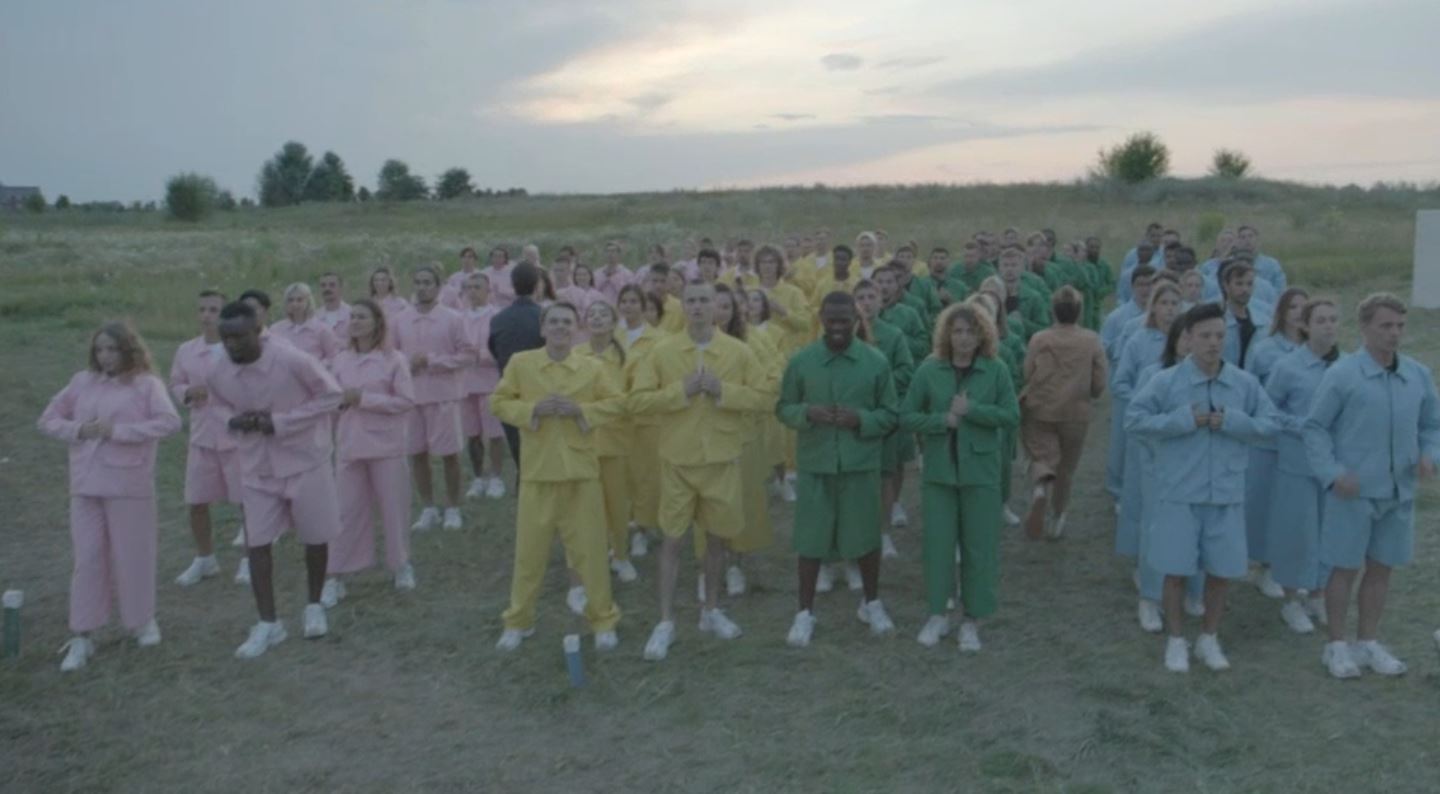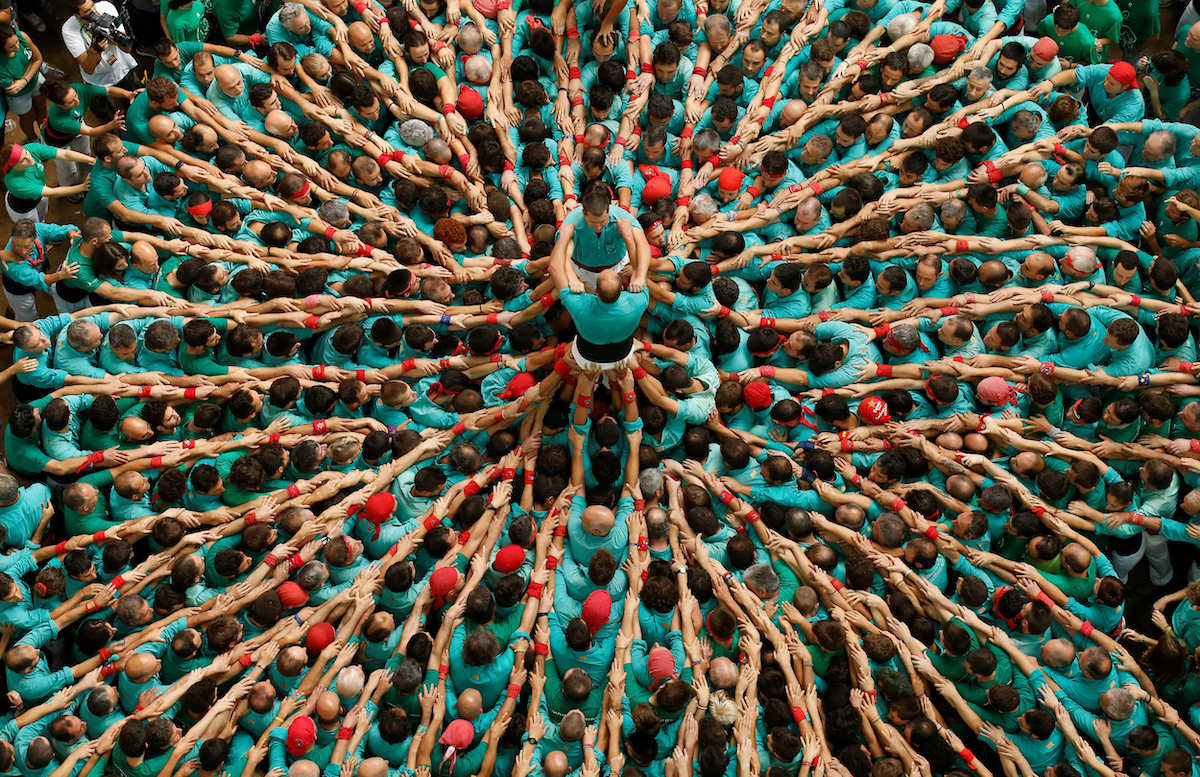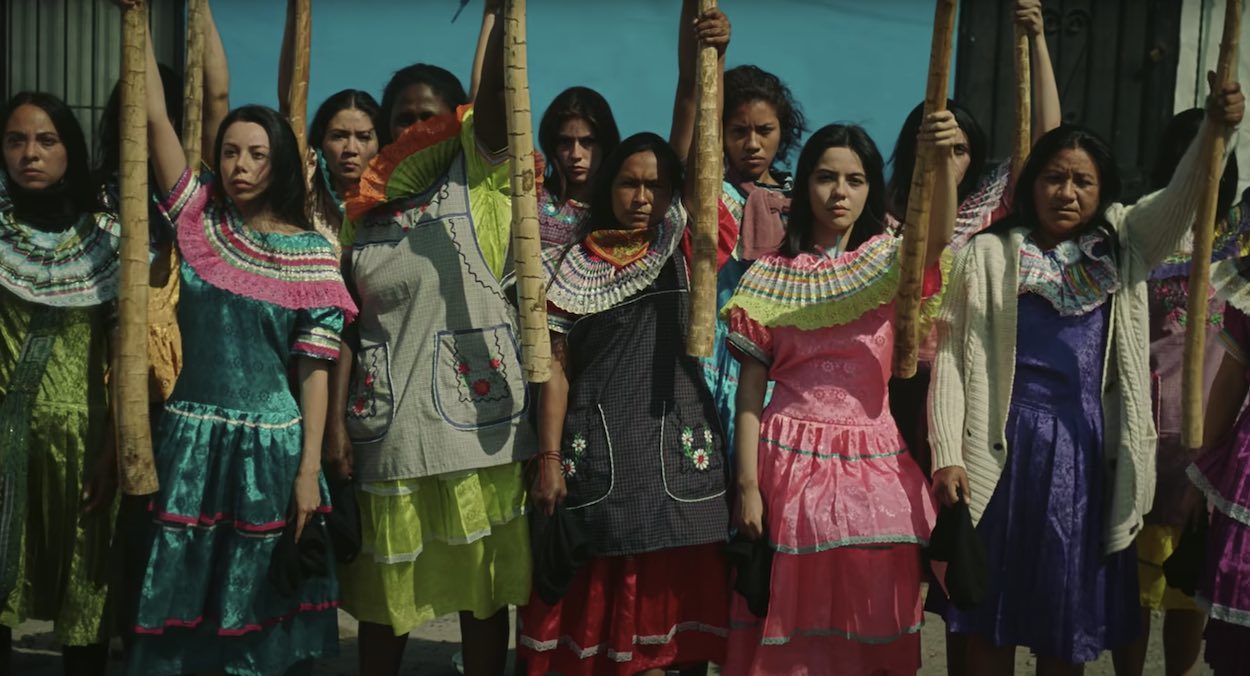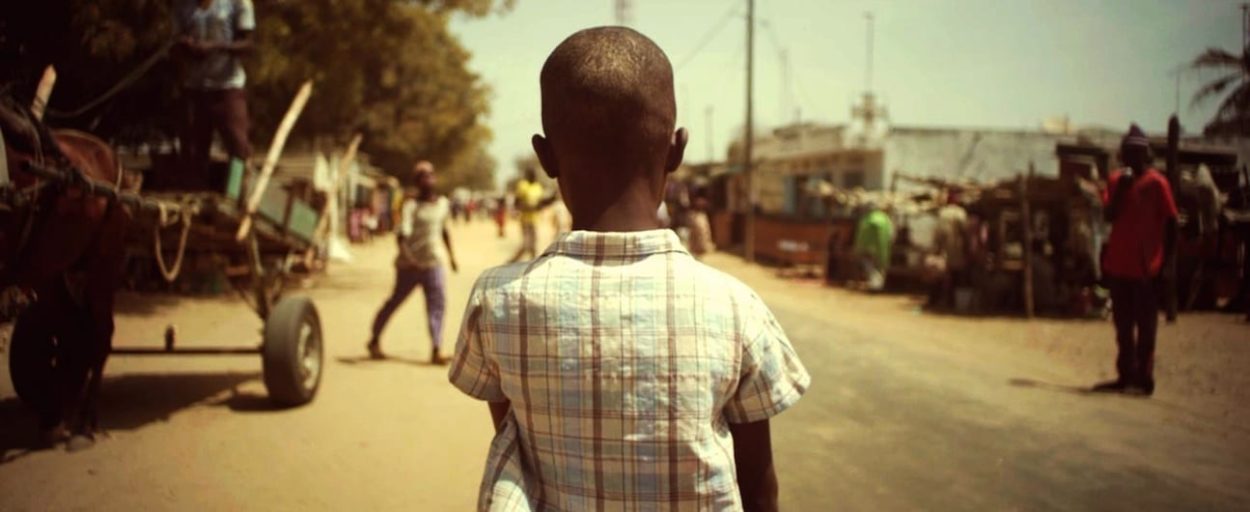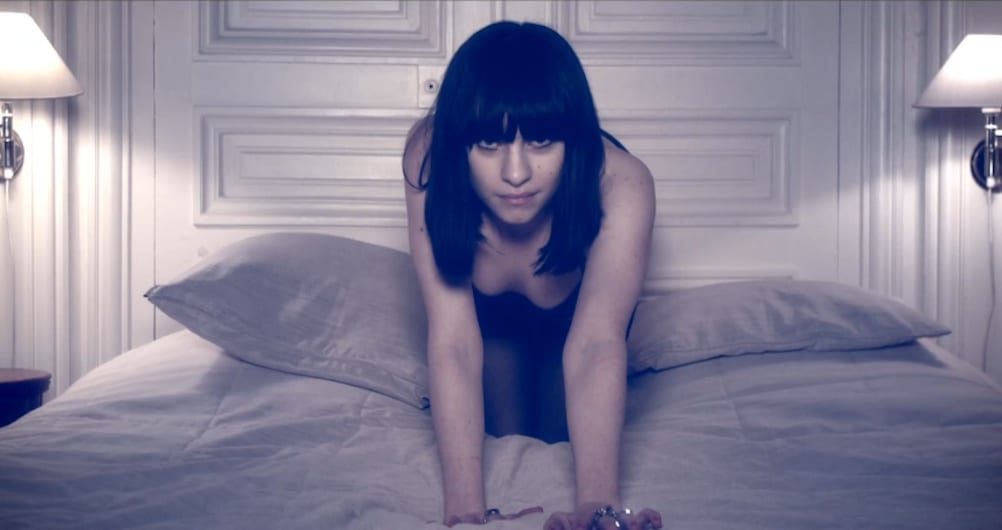First things first – your site says you were born on Namek which is a reference to the animated show Dragon Ball Z! Were you into animation and anime while you were growing up? And if so how far do you think your work starts from that animation perspective where anything is possible visually and then transposing that creative starting point into live action?
Very good guess for Dragon Ball ! As a kid I was totally obsessed by all the Japanese animation on TV. Even now I like to hide references and Easter eggs of it in some projects. It’s definitely a HUGE part of my childhood and of course that culture is a very important influence in my work. It can be frustrating sometimes because animation and video games have absolutely no limits, you can create anything you want. The character design, the action, the camera shots, the only limit is your imagination. If you want to have a tracking forward going from earth to the moon in four seconds you can do it. If you want your main character to transform into a talking Pickle fighting rats in a robot suit you can. But try to do that in a feature film…
As a director I think that means I’m always trying to push the limits, to see how far I can go visually. I’m always looking for new camera effects, new visual codes, because I like exploring this gap between media and blurring it more and more. I like to mix influences, styles, and ways of filming. That’s why I often have this feeling that my projects are kind of messy, because there’s a shock between all the influences and all the things I like. But in the end it creates my own style I guess.
That being said, I am super interested in working on an animation project one day, something crazy like Satoshi Kon, or even an opening sequence of a video game, that would be great. I already have a lot of ideas to do something that would compensate all my “live action director” frustration ahaha.
To finish on the animation subject, just a few Dragon Ball influences in my films:
Your work is marked by an incredible density of visual effects and in-camera techniques. Given your style is heavy on transitions / distortions / perspective tricks and so on, how do you go about translating that vision onto paper to explain your ideas to clients and collaborators?
This is probably one of my biggest issues as a director. When you have very precise ideas, and when they are super technical, it’s sometimes very hard to make yourself understood by clients and collaborators. Some shots that seem so crystal clear to you are absolutely impossible to explain to other people. I guess it’s one of my biggest challenges – my English is not the greatest and I’m very bad at drawing! But still, I try and be as precise as I can with illustrations usually that helps. Here are some of my ugly drawings.
I could work with a storyboard artist for each of my projects but to be honest I kind of don’t like that. As much as I love that some shots are very close to what I have in mind, I also love the opposite, to have some kind of creativity on set. The worst thing for me is to shoot a storyboard, I think that’s super boring, and I love to improvise some last minute ideas. That’s why my producers hate me, I’m always asking for things at the last moment!
You’ve recently gone solo having spent some time working in a directing duo. One of your first solo projects, the awesome music video Frankenstein for Editors, takes on a more directly narrative style and the tone suggests a dark humour that’s quite different from your other work. Does this hint at a shift in style that you’d like to explore?
Yes and no. After several years of collaboration, both members of the duo had different visions, different desires. When you are a duo, you always need to compromise, to please the other half in a way. Now it’s much more about just what I like, what will make me excited about a project. It may sound selfish, but I think there is a moment you need to explore a bit more what you have inside, even if it’s all weird and strange.
Honestly, when I wrote the Frankenstein music video I had so many things to say about the music industry. It might look like a very basic video but it was my way of expressing a lot of frustrations and disappointments. I really thought the band and label would hate my idea. But they loved it and we did it almost exactly as I had it in mind. Which was quite a surprise for me.
The music video I did just after, Bellacoso for Residente and Bad Bunny, is again very different from Frankenstein. Its weird but in a happier way. But again it contains some messages I wanted to communicate. I won’t explain them here because I like people to see what they want in my images, but it’s not as simple as it seems. That’s why I love to read the comments on YouTube. To see if people get my vision or not. I’m always very surprised – some people totally get it, and some people sometimes go even further than my original thought. Honestly people are amazing.
I have two other music videos I might direct in the coming months, and both of them are going in another direction again. Both are very Political. I think this time the messages won’t be really hidden, I might make them more obvious.
So in the end, I don’t really know where I am going. Nothing is planned. I just have lots of things I want to say and I like to say it all in different ways.
Looking back across your reel is there one particular project that stands out as being the most technically complex? Could you talk us through the production and the particular challenges you faced?
All my single shot music videos! I did two of them for Orelsan and have just released a third for Oh Wonder. The pressure of pulling it off means they’re always a killer. When you shoot a normal video, if one shot doesn’t work, if you run out of time, if something is not as cool as expected, it’s not that bad because you have a bunch of other shots to play with in the edit. When you do a one shot music video it’s all or nothing. Whether you have something incredible or end up with nothing.
There’s always something going wrong in a four-minute take, and you need to fix it. From the beginning to the end of the shoot, there is always something that can go wrong – a bad camera move, an extra not being in the right position, trouble with the camera, the sun was behind a cloud etc. And then when you think you have everything working suddenly the very first thing you fixed in the morning goes wrong in the afternoon, for no reason.
The pressure on your shoulders is huge, because in the worst case scenario you can be totally fucked. It’s the end of the day and you didn’t make it happen. But on the flip side, when you finally nail it just before the end of the day, it’s like the biggest relief you can have as a director. You immediately know when you get that take. You might shoot one or two more takes but you know the one you had was the good one. And it’s ALWAYS at the last moment, right as you’re losing hope. If you have a look at my three single take music videos, they all happen at dusk. It’s not something I planned, it’s just that we finally nailed it before the sun went down. I’ve been lucky three times already so the Oh Wonder video is definitely my last for a while!
So you’ve just dropped this feel good in-camera choreo one take for Oh Wonder. Can you tell us a little about that shoot – given the number of dancers featured did you get much time for full group rehearsals ahead of the shoot? And how far were you inspired by old school in-camera greats like Michel Gondry and Patrick Daughters?
This project is something very special to me. I had an idea, for a long time, of a topshot music video with a dancer crowd surfing for three minutes. When I got the track from Oh Wonder, I immediately thought it was perfect for that project. But after a talk with the singers Josephine and Anthony, they told me they needed to appear in the video because it was their comeback, so it couldn’t be a dancer as the main role. I had to adapt the idea, and make it work for a duo, having them performing at the same time. The final video is both close and far from my original idea. But working with these two artists who were so dedicated to it and with my choreographer Supple Nam was truly exciting. In the end, the result really matches the song, it’s really positive and uplifting.
As far as the rehearsals we started with just the singers and 30 dancers and me holding a GoPro. The day before the shoot we rehearsed on location with the duo, 100 dancers, and the crane. And finally the day of the shoot we got the duo, 150 dancers, the (reversible) costumes, and the crane. I wanted to end on the shot of them in the water but we held off until we knew we had the right one take so we didn’t have to eat into filming by drying them off after multiple takes.
In terms of influences, even though I love ALL Michel Gondry’s videos, this video wasn’t inspired by any of his works. The funny thing is that on the set, I really wanted to create a giant smiley made by the dancers, but for time reasons, I had to forget about it. Ultimately that was a good thing because it would have looked like Gary Jules “Mad World” directed by Gondry, which I totally forgot about while I was shooting. Patrick Daughter’s music video for Feist’s 1,2,3,4 is one of my favorite music videos ever, so it’s an influence for sure. I love the simple perfection of it. But as I said, this all came from an idea of a crowd surfing guy I had by watching a picture of the human tower they do every year in Barcelona. Sometimes one picture is the starting point for everything.
Gregory Ohrel is represented by:

